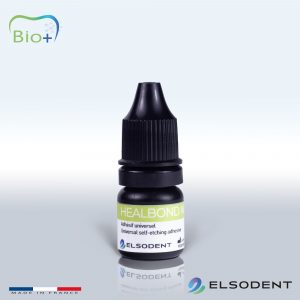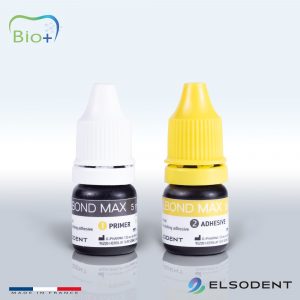Project Report Extract of KU Leuven BIOMAT, Van Meerbeek et al., 2020
Materials & Methods
1. Adhesive application and composite restoration
All dental adhesives tested in this study were applied according to their respective manufacturer’s instructions for use. Each tooth was then restored with composite.
The composite was light-cured for 10s on the surface and 10s on each side of the composite.
2. Micro-tensile bond-strength (µTBS) testing
Following light curing, the restored teeth were stored for 24h in the incubator at 37°C under 100% humidity, then transferred into pre-warmed (37°C) distilled water at 37°C and stored for 6 days.
The bonded interfaces of all micro-specimens were examined for absence of enamel at the corners using the stereomicroscope.
All fractured μTBS micro-specimen pairs (dentin and composite side) were examined using stereo-microscopy to determine the mode of failure, which was recorded either as ‘cohesive failure in dentin’ (D), ‘adhesive interfacial failure’ (I), ‘mixed failure’ (M), or ‘cohesive failure in composite’ (C).
The μTBS of half of the specimens was measured after 1w storage in distilled water at 37°C (without any thermocycling), being referred to as immediate ‘‘1-week’’.
With the remaining half being subjected to 50,000 thermocycles (5°C – 55°C, with 75 seconds total cycle time) being referred as the aged ’’2-months’’.


